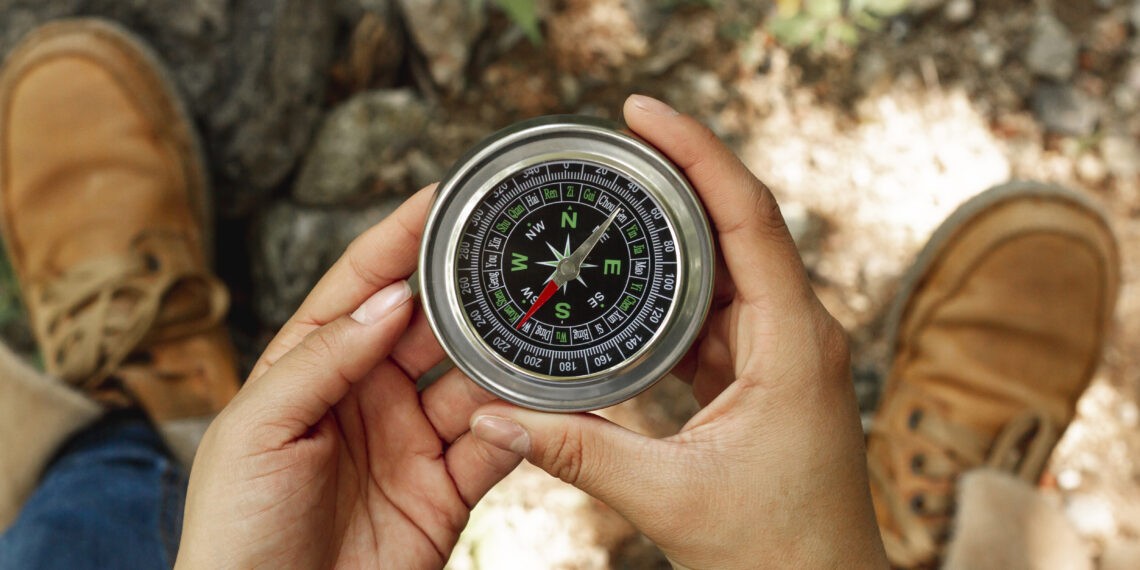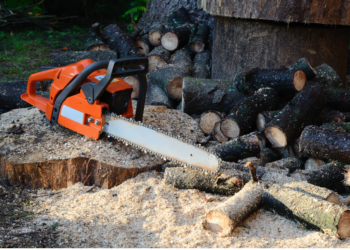Compass is the oldest navigational tool, it wouldn’t be possible without the aid of a compass. In early periods explorers used stars, sun, and landmarks to navigate but it was very difficult to explore the far and unknown destination for them.
How does a compass work?
So, let’s talk about ‘How exactly does a compass work’? Earth has an iron core with some magnetic distractions due to the movement of liquid from the outer core, which is part liquid and solid crystal due to the pressure of gravitational force.
As you know earth’s magnetic field has two poles north and south pole. It is the reason for the movement of the compass.
The compasses are from the time of China’s Han Dynasty between 200BC to 300BC but it wasn’t used for navigation, it was used for deviation.
No one knows that there is a working theory making round, the earth’s core is thought to consist largely of molten iron but at the very core, the pressure is super hot caused by heat radiating from the core causes to move liquid iron in a rotational pattern, it wakes up magnetic forces around the axis of spin.
Hence, the compass works by detecting the earth’s natural magnetic field.
How to use a compass?
The compass was an essential tool if you are going over abandoned places right? But what if you do not know how to use the compass?
The new generation uses the maps available over the different apps. But, in the jungle or hilly areas there will be no internet so how will you find where to go?
Obviously here a compass works better.
Take a map to mark your destination where you have to go, then draw a straight line from the current position to the destination. Line up the compass to know which direction you have to follow over the compass.
Here, a second step is also available. If you know where your destination is, for example, you are searching for a mountain, now indicate the current position on the arrow traveling on the compass. Now, hold the compass still and turn the compass housing bezel so that the “N” on the bezel and the orienteering arrow is located on the grid north (top of the map). To help do this – ensure that the orienting lines are lined up with easing lines on the map.
Advantages of compass
- Easily purchasable and affordable.
- Can travel easily with the compass because it’s small and lightweight.
- You can use it anytime anywhere, doesn’t need any connection or electricity.
Disadvantages of compass
- Sometimes it won’t work if you are in between several wooden trees.
- If you do not have a map or any other method to know the direction of your destination then maybe it can’t be an accurate device.









